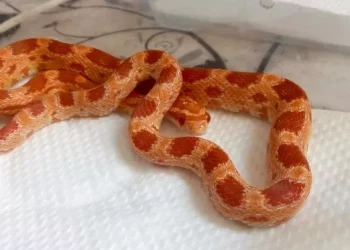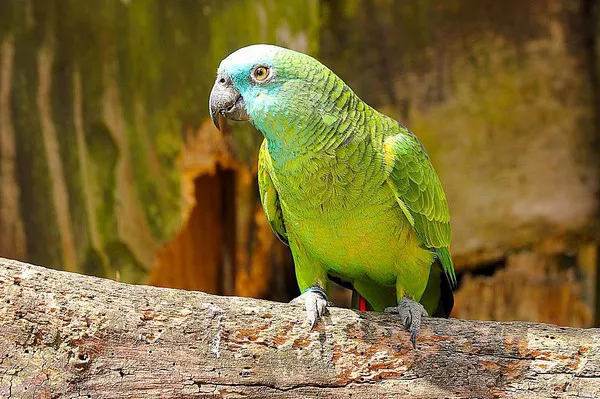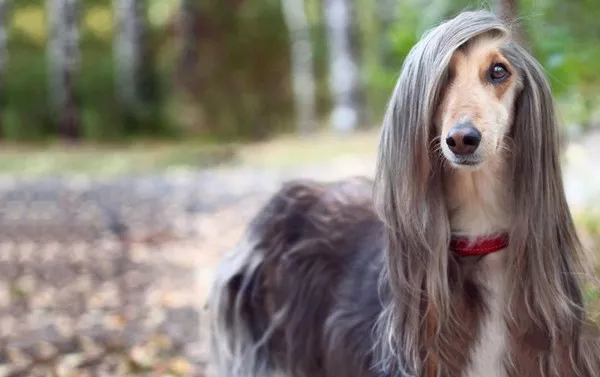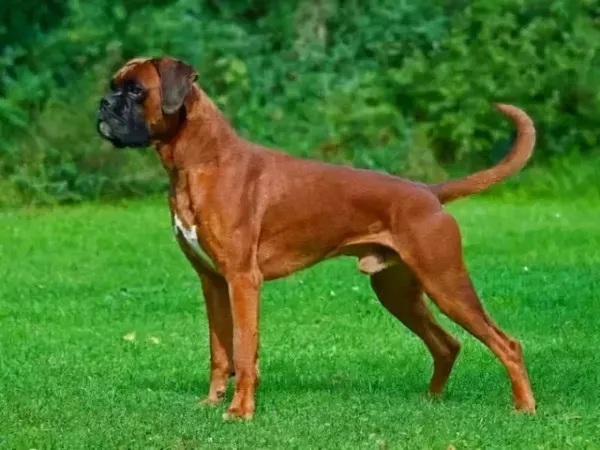Corn snakes are one of the most popular pet snakes in the world. They are known for their beautiful colors, docile nature, and manageable size. If you are considering a corn snake as a pet or already own one, you might wonder when Corn snakes reach their full growth. This article will explore the growth stages of corn snakes, factors that influence their growth, and what to expect as your snake matures.
Understanding Corn Snakes
Physical Characteristics
Corn snakes, scientifically known as Pantherophis guttatus, are non-venomous constrictors native to the southeastern United States. They typically display a range of colors, including orange, yellow, and brown, with distinct patterns of dark spots or stripes. Adult corn snakes can vary significantly in size, depending on their genetics and care.
Typical Size Range
Corn snakes usually reach a length of 4 to 6 feet as adults, although some individuals may grow larger. It’s essential to note that females tend to be larger than males. Their body length is an important factor in their care and habitat requirements.
Growth Stages of Corn Snakes
Hatchlings
When corn snakes hatch, they are typically around 10 to 15 inches long. This is their juvenile stage, and they are often very active. During this time, they require specific care to ensure healthy growth.
Juvenile Stage
Corn snakes remain in the juvenile stage until they reach about 2 years of age. During this period, they grow quickly and can add 1 to 2 feet in length each year. Proper feeding and care during this stage are crucial for their development.
Sub-Adult Stage
From about 2 to 3 years old, corn snakes enter the sub-adult stage. At this point, their growth rate begins to slow down. They typically reach lengths of around 3 to 4 feet during this time.
Adult Stage
By the age of 3 to 5 years, corn snakes are generally considered adults. Most corn snakes will reach their full size of 4 to 6 feet during this time. However, some may continue to grow slightly beyond this length.
Factors Influencing Growth
Genetics
Genetics play a significant role in how large a corn snake can grow. Some snakes are naturally predisposed to be larger or smaller based on their lineage. When choosing a corn snake, consider the size of its parents for an idea of potential growth.
Diet
A proper diet is essential for healthy growth. Young corn snakes should be fed appropriately sized prey, such as pinky mice. As they grow, the size of the prey should gradually increase. A balanced diet will help them reach their full potential.
Temperature and Habitat
Corn snakes thrive in specific temperature ranges. A warm environment promotes proper digestion and metabolism, which are crucial for growth. Ensure your snake’s habitat is set up correctly with a heat source, hiding spots, and adequate humidity.
Health
Regular veterinary check-ups are essential to ensure your corn snake is healthy. Any underlying health issues can affect growth rates. A healthy snake will grow more consistently.
Signs of Healthy Growth
Weight Gain
Monitoring your snake’s weight is a good indicator of healthy growth. A growing corn snake should gradually gain weight as it matures. Weigh your snake regularly to track its progress.
Shedding
Corn snakes will shed their skin several times a year. Shedding is a natural process that indicates growth. If your snake is shedding regularly, it’s a good sign that it is growing properly.
Activity Level
Healthy corn snakes are active and curious. If your snake is exploring its environment and eating regularly, it is likely growing well.
Feeding Corn Snakes
Frequency of Feeding
Young corn snakes should be fed more frequently than adults. Hatchlings typically need to eat every 5 to 7 days, while sub-adults can be fed every 7 to 10 days. Adult corn snakes can usually be fed every 10 to 14 days.
Prey Size
As your corn snake grows, the size of its prey should also increase. It’s essential to offer prey that is about the same diameter as the widest part of the snake’s body. Feeding appropriately sized prey helps ensure proper growth and health.
Type of Prey
Corn snakes typically eat rodents, such as mice and rats. You can offer live, frozen, or pre-killed prey. Many owners prefer to feed frozen prey for safety and convenience. Always ensure the prey is thawed and warmed before feeding.
Housing for Growing Corn Snakes
Enclosure Size
As your corn snake grows, its enclosure will need to be appropriately sized. Hatchlings can thrive in a 20-gallon tank, while adults should have at least a 40-gallon tank or larger. A larger enclosure allows for more room to explore and exercise.
Environmental Conditions
The enclosure should mimic the snake’s natural habitat. Provide hiding spots, climbing structures, and a proper substrate. Maintain appropriate humidity levels and provide a temperature gradient within the enclosure.
Temperature and Heating
Corn snakes require a temperature gradient in their habitat, with a warm side and a cooler side. The warm side should be around 85-90°F, while the cooler side can be between 75-80°F. Use a heat lamp or under-tank heater to achieve these temperatures.
Health Considerations
Common Health Issues
As corn snakes grow, they may encounter health issues. Some common problems include:
Respiratory Infections: Signs include wheezing or difficulty breathing. Ensure proper humidity levels to prevent respiratory issues.
Mites: These parasites can affect snakes of all ages. Regularly inspect your snake for signs of mites.
Obesity: Overfeeding can lead to obesity. Monitor your snake’s weight and adjust feeding schedules as needed.
Regular Veterinary Care
Taking your corn snake for regular veterinary check-ups is essential. A vet specializing in reptiles can provide vaccinations and check for parasites. Early detection of health issues can lead to better outcomes.
The Importance of Socialization
Handling Corn Snakes
Socialization is crucial for a corn snake’s development. Regular handling helps them become accustomed to human interaction. Start handling your snake gently and for short periods, gradually increasing the duration as they become more comfortable.
Stress Management
Ensure that handling sessions are calm and stress-free. Avoid sudden movements or loud noises, as these can frighten your snake. A relaxed snake is more likely to grow well and adapt to its environment.
Conclusion
Corn snakes typically reach their full size between 3 to 5 years of age, growing to an average length of 4 to 6 feet. However, individual growth can vary based on genetics, diet, environmental conditions, and overall health.
Understanding the growth stages and requirements of corn snakes will help you provide the best care possible. By ensuring proper feeding, housing, and health monitoring, you can enjoy a healthy and thriving corn snake as a pet. With patience and knowledge, you will witness your corn snake grow into a beautiful adult, ready to bring joy and companionship to your life.
Related Topics:























